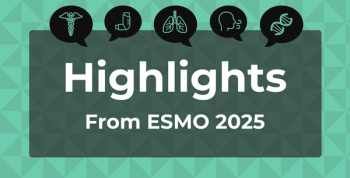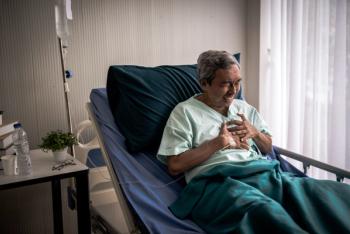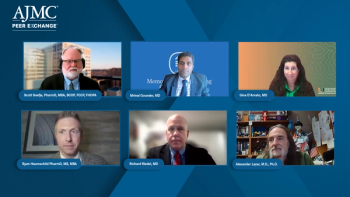
Evaluating the Quality of Evidence Used for Developing Value Frameworks
Bruce A. Feinberg, DO: We focused a lot on cost, and we’ve introduced some of the complexities of cost—basic economic modeling, fixed costs, variable costs, global costs, and opportunity costs.
We haven’t really gotten into the value side. The problem when trying to take that cost, and then assign value, is going to be with the evidence that’s behind the value proposition—the evidence that’s supporting quality and efficacy.
Then, we get into levels of evidence, quality of evidence, real-world evidence, and clinical trial issues. How do we start to approach assigning that value story in order to be able to have the equation that Ira opened us up with to explain how we get to value?
Alan Balch, PhD: We’re dealing in sort of the world that we know. Let’s put this in an innovation context: there’s been a lot of innovation on the drug discovery side and on the clinical discovery side. We’re trying to innovate, now, on the reimbursement side with the shift from volume to value. But, we’re not really innovating as far as trying to come up with a new way of doing it. We’re sort of using what we know—old tools around efficacy, safety, and evidence—and we’re applying those when we really should be innovating in the reimbursement environment.
So, what can we bring to the table that is new and different? Just like precision medicine and what’s happening on the research and discovery side, we need the same kind of innovative spirit on the healthcare delivery side. Where I’m going with this is if you look at other sectors of the market—look at refrigerators, look at cars, look at all sorts of other places where consumers are very active and gather a lot of information before they make choices—those industries (sectors) know so much about their consumer and value. They’ve studied it, and they know it to a “T”. They try to deliver products that the group of individuals or the people they’re trying to sell to will value in some way.
If we’re really going to define value in a way that means something to the patients who are supposed to benefit from that value, the moonshot we need to have is to really understand what patients perceive as value.
Bruce A. Feinberg, DO: But I would argue it’s an erroneous argument to go after a product comparison. Think more of a utility, where it’s a product and a service. Maybe that might be a better model to start to consider?
Alan Balch, PhD: Yes, the analogy certainly has its limitations. I’m not suggesting it’s the same. You’re not buying a car the same way you’re selecting a treatment for oncology, but there are some parallels in terms of people seeking and understanding information about trade-offs and how it affects their financial situation and the utility of the service that they’re engaging in. I think some of that can be applied in the healthcare space.
Michael Kolodziej, MD: But if we take that metaphor a little bit further, what you’re saying is, we have Consumer Reports. Anybody who suggests that we’re going to have Consumer Reports for oncology in America is smoking something, because we’re basically talking about the adoption of health technology assessment, which has been ridiculously radioactive forever. Why is it radioactive? Because health technology assessment means you say no sometimes. We’re not comfortable with that.
What we have, now, are these efforts by ASCO [American Society of Clinical Oncology], and NCCN [National Comprehensive Cancer Network], and ICER [Institute for Clinical and Economic Review]. All of these entities are trying to develop a methodology, not unlike Consumer Reports when I’m buying a car, which takes into account reliability, service, cost, safety, and all that other stuff. They’re doing it. They’re using different inputs, but they’re doing it. They don’t have all of the right inputs, and I’m sure we’re going to get into that. It’s a work in progress, and they have used the tools that are currently available to them to try to build a model so that we can have an honest discussion about health technology assessment.
Newsletter
Stay ahead of policy, cost, and value—subscribe to AJMC for expert insights at the intersection of clinical care and health economics.







































